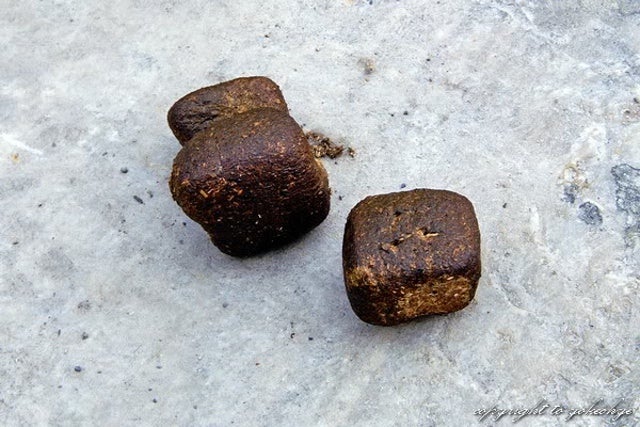None of us like nasty, putrid, smells. I’m thinking of the things we actually find disgusting like shit, vomit and decaying corpses. Nor is it a subject we normally wish to dwell on.
However the other evening I was set thinking by a particularly pungent and foul pile of turd produced by one of our kittens …
Have you ever noticed how these odours are particularly good at lingering in the nostrils long after their source has been removed? Why is that?
We know that disgust is a universal human trait, and that there is a fairly common set of trigger odours — things like putrescine and cadaverine — found in all human societies and cultures. And this is for good reason. Evolution has programmed us to react to these odours to ensure we stay away from their source as these are substances which are likely to be harmful to us.
These odour molecules are mostly either organic sulphur or nitrogen compounds — think hydrogen sulphide (rotten eggs) and ammonia. And it isn’t just bodily decay or excrement that lingers. Another scent I’ve noticed lingering is the acrid (sulphurous) smoke from burning rubber, lino etc. It generally does seem to be the smells one hates which seem to last.
But why? What is the mechanism whereby these odours appear to linger?
Is it a trait which evolution has fixed because it is useful? Or is it a random effect of the chemistry involved which just hasn’t been evolved out? One assumes the former. But how?
Cadaverine and putrescene are relatively small diamines (ammonia derivatives) which result from the breakdown of amino acids. Other pungent and lasting odour molecules are sulphur based and can bond especially tightly to other organic molecules (ie. they’re “sticky”).
That seems to lead us to a number of possible mechanisms by which the effect, whether positively evolved in, or not evolved out, could work:
- The molecules concerned could be more soluble in, or more adherent to, the mucus which lines our nasal passages compared with other odour molecules. Thus they would be available longer to the odour receptors. (As the molecules are likely quite polar, both mechanisms are possible.)
- It could be that the mucus itself protects the molecules (whether dissolved or adhered) from whatever enzymes would naturally break them down.
- Then there is the question of their binding to the olfactory receptor itself. Do they bind so tightly that they cannot be freed to be degraded by the body’s chemistry?
- Or does their binding with the olfactory receptor change the molecule’s conformation, or hide it, from the degrading enzymes?
- Or again, it may not be chemical at all. The effect may be in the brain, with the nerve messages themselves being retained for a protracted period, even after the odour molecule has been broken down.
And there may well be other mechanisms. The mechanism maybe different for different molecules. And the above mechanisms are not mutually exclusive; particular odourants may be subject to multiple mechanisms.
Which in itself tells us nothing about the possible evolutionary mechanism.
I can’t believe that no-one has done any work on this. Some scientist, somewhere, has surely investigated the longevity of nasty niffs. A quick search hasn’t turned up anything very useful, so does anyone know? I’m curious!







 At which point it seems appropriate to ask
At which point it seems appropriate to ask 

